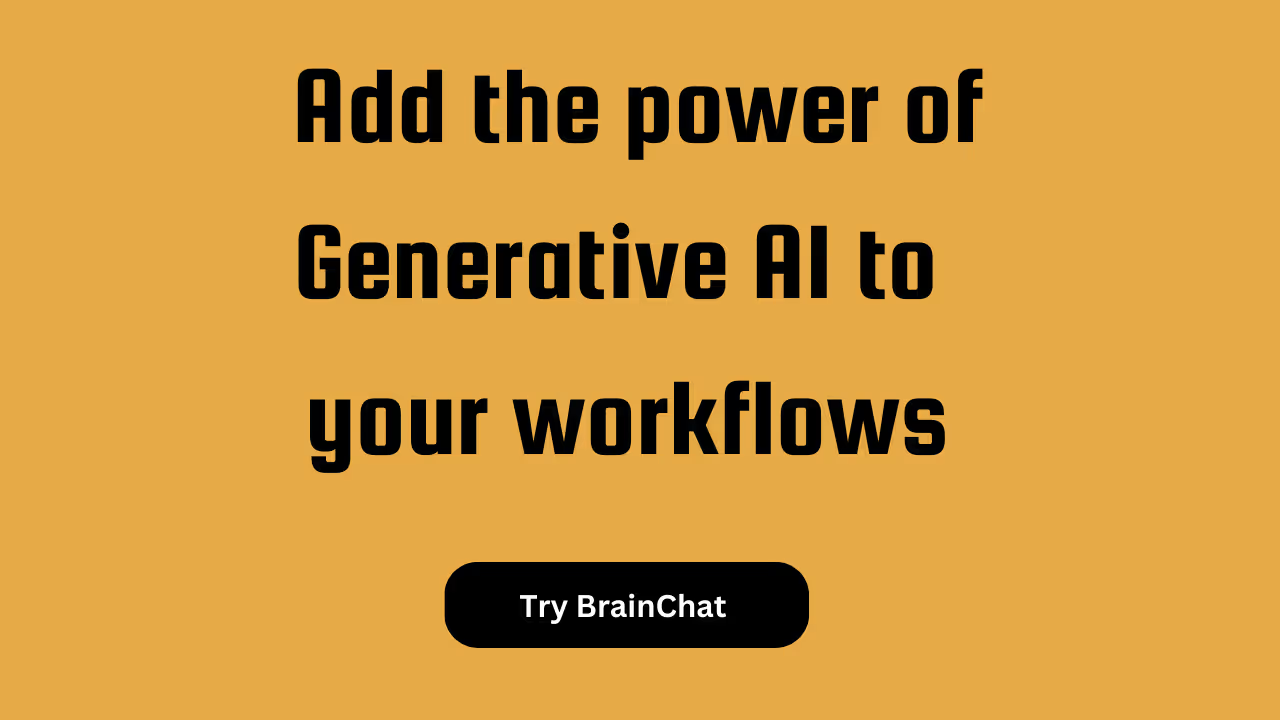
Large Language Models (LLMs): A Complete Guide to LLMs
.avif)
The Power and Potential of Large Language Models in AI
Introduction
In the rapidly evolving world of artificial intelligence, large language models have emerged as a transformative force, reshaping how machines understand and generate human language. These models are not only advancing the capabilities of AI but are also becoming integral in various applications from chatbots to creative writing. In this article, we will explore what large language models (LLM) are, their unique characteristics, and the myriad of ways they are being utilized today.
What Are Large Language Models?
Definition and Overview
Large language models (LLM) are a subset of generative AI models designed to understand and generate human language. They are massive neural networks trained on vast amounts of text data, enabling them to predict and generate text that is coherent and contextually relevant. Unlike natural language processing systems, large language models can perform a wide array of language tasks with minimal task-specific training, making them incredibly versatile.
When we speak of a "large language model definition," we refer to this ability to process and produce language by leveraging extensive datasets and sophisticated algorithms. These models are characterized by their size, often comprising billions of parameters, which allow them to capture intricate language patterns and nuances.

How Large Language Models Work
At the core of large language models is their architecture, often built on transformer networks. These networks enable the models to perform unsupervised multitask learning — a capability that allows the model to execute various language-related tasks without being explicitly programmed for each task. By training on diverse datasets, these models learn to infer the structure and semantics of the language, making them powerful tools for natural language understanding and generation.
The phrase "language models are unsupervised multitask learners" encapsulates this ability, highlighting their prowess in generalizing across tasks due to their unsupervised learning approach.
Key Characteristics of Large Language Models
Few-Shot Learning Capabilities
One of the most remarkable features of large language models is their few-shot learning ability. This capability allows them to perform specific tasks with minimal examples or instructions, thereby reducing the need for extensive task-specific data. When we say "language models are few shot learners," we refer to their capacity to generalize from limited input, making them incredibly efficient and adaptable.
Examples of Large Language Models
Among the prominent large language models is chatGPT -3, developed by OpenAI. GPT-3 (short for Generative Pre-trained Transformer 3) is one of the largest and most advanced language models currently available, boasting 175 billion parameters. It serves as a prime example of the power and potential of LLMs, capable of generating text that is often indistinguishable from human writing.
The inclusion of "gpt3" and "large language models examples" in our discussion underscores the significance of these models in pushing the boundaries of AI research and application.
Use Cases of Large Language Models
Diverse Applications in AI
The versatility of large language models translates into a wide range of use cases across different industries. They are utilized in customer service chatbots, where they provide quick and coherent to customer question answering. In healthcare, they assist with the analysis of clinical data and support patient interaction through conversational agents.
Incorporating "large language models use cases" into our discussion highlights the practical applications of LLMs, from automating content creation to enhancing language translation services.
Benefits and Challenges
While the benefits of adopting large language models are substantial—such as increased efficiency and enhanced user experience—there are also challenges to consider. These include the computational resources required to train and deploy these models, as well as ethical concerns related to bias and misinformation.
The mention of "large language models ai" connects these discussions to the broader context of AI, emphasizing the impact of LLMs on the field and the considerations that come with their deployment.
The Future of Large Language Models
Innovations and Trends
The future of large language models is promising, with ongoing research aimed at further enhancing their capabilities and efficiency. Innovations focus on reducing the computational footprint of these models while maintaining their performance, as well as improving their ability to understand and generate language in a more nuanced and human-like manner.
As we look ahead, the advancements in large language models are poised to shape the future of AI technologies, influencing how we interact with machine learning and leveraging AI’s potential across new and existing domains.
To summarize, large language models represent a significant advancement in AI, offering powerful tools for understanding and generating human language. Through their few-shot learning capabilities and extensive use cases, LLMs are paving the way for innovative applications across various industries. As we continue to explore and develop these models, it is crucial to address the challenges they present while harnessing their potential to enhance human-machine interaction.
FAQs
- What is a large language model?
- A large language model is a type of AI model designed to understand and generate human language using vast amounts of data and sophisticated algorithms.
- How does GPT-3 relate to other large language models?
- GPT-3 is an example of a large language model, renowned for its size and capabilities, which serve as benchmarks for other models in the field.
- What are some examples of few-shot learning with language models?
- Few-shot learning examples include completing a task like text classification with minimal labeled examples or generating coherent text with limited prompts.
By delving into the intricacies of large language models, this article aims to provide a comprehensive understanding of their operation, applications, and future prospects in the world of AI.
You might find these other articles interesting too:
ChatGPT Team Plan: Is It Worth It for Your Business?
Using ChatGPT at Work: Examples & Best Practices
ChatGPT Canvas: What is it and How to use it
How to Use ChatGPT for Team Productivity
Turbocharge your team with BrainChat AI
Teams using BrainChat report a 40% boost in task completion speed. Imagine what your team could achieve.
%20(1).png)



